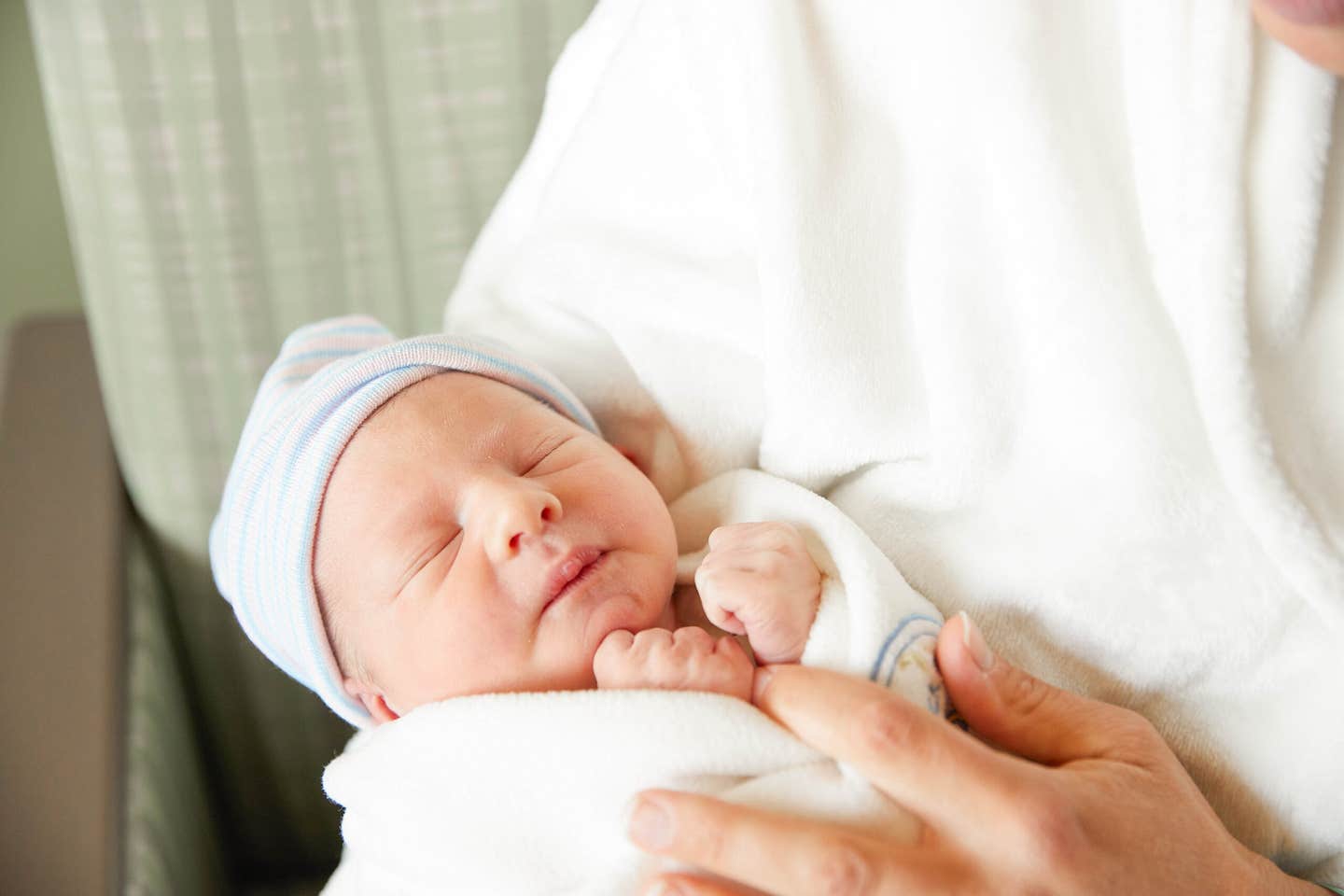The process of childbirth also influences facial development, study finds
Researchers have revealed that physical cues in the womb play a crucial role in the development of facial features.

A recent study conducted by researchers from UCL has revealed that physical cues in the womb play a crucial role in the development of neural crest cells, which are embryonic stem cells responsible for forming facial features.
The study, published in Nature Cell Biology, suggests that aside from genetics, increased hydrostatic pressure experienced by the embryo can impede the healthy development of facial features in various organisms, including mouse and frog embryos, as well as human embryoids grown in laboratory conditions.
This discovery indicates that differences in pressure levels may impact the likelihood of facial malformations.
Lead author of the study, Professor Roberto Mayor from UCL's Cell & Developmental Biology department, highlighted the significance of their findings, stating, “Our findings suggest that facial malformations could be influenced not only by genetics but by physical cues in the womb such as pressure.”
The research demonstrated that elevated pressure levels hinder key cell signaling pathways in neural crest cells, thereby increasing the risk of craniofacial malformations.
Furthermore, Professor Mayor emphasized the sensitivity of embryos to pressure changes, pointing out that all cells, including those of the developing embryo inside the mother's womb, have the ability to sense alterations in pressure.
Related Stories
He emphasized the need for further research to fully comprehend how variations in both internal body pressure and environmental pressure could impact human embryo development.
The implications of these findings extend beyond understanding facial development in embryos. The researchers suggest that their discoveries could revolutionize stem cell research by indicating that the development and specialization of stem cells are influenced by pressure. This insight has the potential to reshape how scientists manipulate stem cells for therapeutic purposes.
This study builds upon previous work by Professor Mayor and his team at UCL, which explored how mechanical cues in the womb affect facial feature development. Their prior research revealed that cells within the developing embryo can perceive the stiffness of surrounding cells, which is crucial for their coordinated movement in forming the face and skull.
This study underscores the importance of physical cues, particularly pressure levels, in influencing embryonic development and facial feature formation.
By shedding light on these mechanisms, researchers aim to deepen our understanding of embryonic development and potentially pave the way for innovative approaches in stem cell research and therapeutic applications.
For more science stories check out our New Discoveries section at The Brighter Side of News.
Note: Materials provided above by University College London. Content may be edited for style and length.
Like these kind of feel good stories? Get the Brighter Side of News' newsletter.
Joshua Shavit
Science & Technology Writer | AI and Robotics Reporter
Joshua Shavit is a Los Angeles-based science and technology writer with a passion for exploring the breakthroughs shaping the future. As a contributor to The Brighter Side of News, he focuses on positive and transformative advancements in AI, technology, physics, engineering, robotics and space science. Joshua is currently working towards a Bachelor of Science in Business Administration at the University of California, Berkeley. He combines his academic background with a talent for storytelling, making complex scientific discoveries engaging and accessible. His work highlights the innovators behind the ideas, bringing readers closer to the people driving progress.



